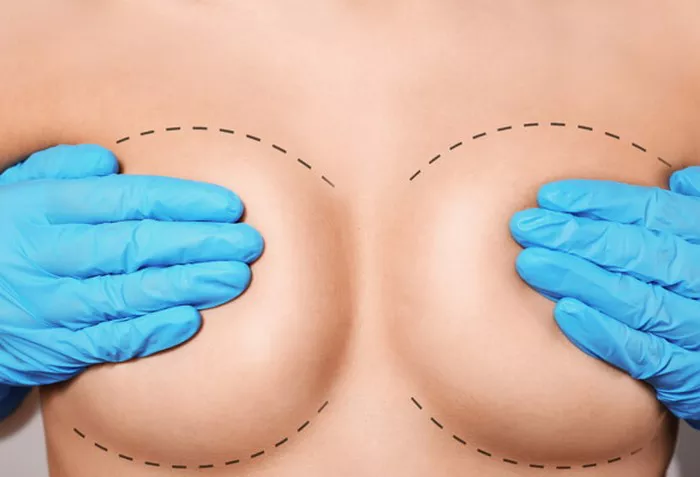Undergoing breast augmentation surgery is a personal decision that many individuals make to enhance their appearance and boost their confidence. While the procedure itself is a well-practiced and generally safe one, it’s important to consider all aspects of the surgery, including the healing process. One common concern among patients is the healing time for breast implant scars. In this article, we will delve into the factors that influence scar healing and provide insights into how long it typically takes for breast implant scars to heal.
Understanding the Healing Process:
The healing process after breast augmentation surgery involves several stages. Initially, the body responds to the surgical incisions by initiating an inflammatory response. This is a natural part of the healing process, where the body works to repair the tissue damage caused during the surgery. As the healing progresses, collagen production increases, aiding in the formation of scar tissue.
Factors Influencing Scar Healing Time:
Individual Variation: The time it takes for breast implant scars to heal can vary greatly from person to person. Factors such as genetics, age, overall health, and skin type play a significant role in how quickly an individual’s body heals.
Incision Type: The location and type of incision made during the surgery can influence scar healing. Incisions made in inconspicuous areas, such as within the fold of the breast or around the areola, tend to heal better and have less noticeable scars compared to incisions made on the breast surface.
Postoperative Care: Proper postoperative care and adherence to the surgeon’s instructions can impact scar healing. Keeping the incision site clean, avoiding strenuous activities, and protecting the scars from excessive sun exposure are crucial in promoting optimal healing.
Surgical Technique: The skill and experience of the surgeon play a significant role in scar healing. Surgeons who use advanced techniques and take great care during the surgery are more likely to achieve better scar outcomes.
Smoking and Alcohol Consumption: Both smoking and excessive alcohol consumption can impede the body’s natural healing processes. Individuals who smoke or consume alcohol heavily may experience delayed scar healing.
Typical Healing Timeline:
While individual experiences may vary, there is a general timeline that most patients can expect when it comes to breast implant scar healing:
Weeks 1-2: During the first few weeks after surgery, the incision sites are still healing and may appear red, swollen, and slightly raised. It’s important to follow the surgeon’s instructions for cleaning and caring for the wounds during this critical phase.
Weeks 3-6: As the inflammation subsides, scars typically begin to flatten and soften. Patients may still notice some redness, but overall, the scars should be less noticeable than in the initial weeks.
Months 3-6: By the third month post-surgery, scars continue to fade and blend into the surrounding skin. They may still appear pink or slightly discolored, but most patients find that their scars are becoming less noticeable.
Months 6-12: Scar maturation continues, and the scars gradually fade to a more natural skin tone. By the end of the first year, many patients experience significant improvement in the appearance of their scars.
Conclusion:
Breast implant scars, like all surgical scars, go through a natural healing process that takes time. While the exact duration of healing varies depending on numerous factors, patients can generally expect their scars to become less noticeable over the course of several months to a year. By following postoperative care instructions, maintaining a healthy lifestyle, and choosing a skilled surgeon, individuals can contribute to the best possible scar healing outcome.
It’s important to remember that patience is key during the scar healing process. If you have concerns about your scars or their healing progress, don’t hesitate to reach out to your surgeon for guidance and reassurance.


